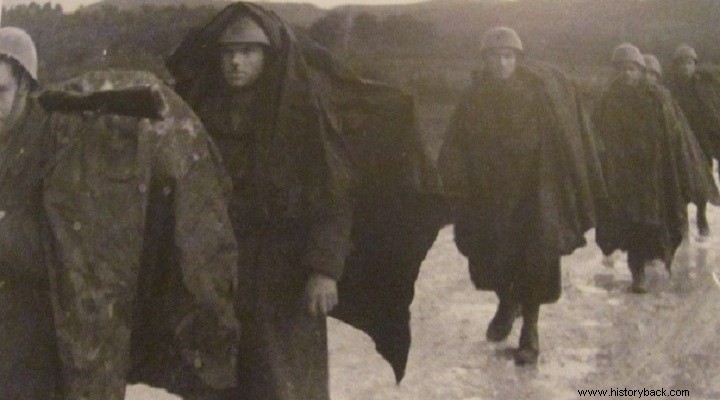
The Melanochites, the militia of the Italian fascist party, participated in Mussolini's wars. They first fought in Ethiopia in 1935-36 and then in Spain, on Franco's side, until 1939. They also fought in Africa and later in the Soviet Union.
Fatal Blackcoat forces also participated in the Italian attack on Greece. On the northern continental front, 48 Blackcoat battalions organized into 20 "Legions" (regiments, two battalions each) arrived to fight, incorporated as a third infantry regiment in Italian infantry divisions, an independent group with three battalions and five independent battalions.
The divisions to which "legions" joined were:Lupi di Toscana, Acqui, Cuneo, Legnano, Cagliari, Sforzesca, Modena, Brennero, Venezia, Arezzo, Ferrara, Cacciatori delle Alpi, Parma, Forli, Puglie, Pinerolo, Siena, Bari, Taro and Piemonte.
The account was tragic for the Italians. Of the above battalions 27 were destroyed or disbanded due to losses! Their performance on the battlefield was mediocre to poor. This was due to their lack of training – a disease from which the entire Italian army suffered – and their inadequate equipment.
Contrary to what was generally believed in Greece, the Melanochitones were not elite, they were simply presented by fascist propaganda as fanatical fighters of the regime. The Melanochitans had, however, initially high morale. In fact, the war against the Ethiopians was generally very popular in Italy.
Their morale began to fall in Spain, but they crashed in the northern continental mountains against the Greek army. Melanochitones continued to operate in Greece as occupying forces.
Organization
The Blackcoat "legions" attached to the infantry divisions had a strength of 1,434 men (52 officers, 76 non-commissioned officers, 1,306 privates). The battalion had a strength of 521 men (18 officers, 29 NCOs, 474 enlisted men).
The "legion", in addition to its two battalions, "cohorts" as the fascists called them trying to revive the Roman greatness, had a headquarters company with a strength of 104 men and a machine gun company with a strength of 214 men and 12 machine guns.
In terms of group weapons each battalion had 24 machine guns and 9 45mm Brixia howitzers. In total the "legion" had 12 machine guns, 48 machine guns and 18 howitzers. It consequently lagged dramatically in firepower compared to the common Italian infantry.
Each "legion" also had a strong "cohort" that remained in Italy. It is worth noting that the Melanochitans did not have their own training camps and were even deprived of auxiliary services provided by the army.
Armament
Black-clad officers and group weapons operators carried Beretta 34 9mm pistols. The riflemen carried 6.5mm Mannlicher Carcano rifles and carbines. The machine guns were 6.5mm Breda 30 and fed from a 20-round magazine. The machine guns were water-cooled Fiat-Revelli model 1914 6.5mm, Fiat-Revalli model 1935 6.5mm and Breda model 1937 8mm. Also, as mentioned, 45mm Brixia mortars were available, but not 81mm mortars.
